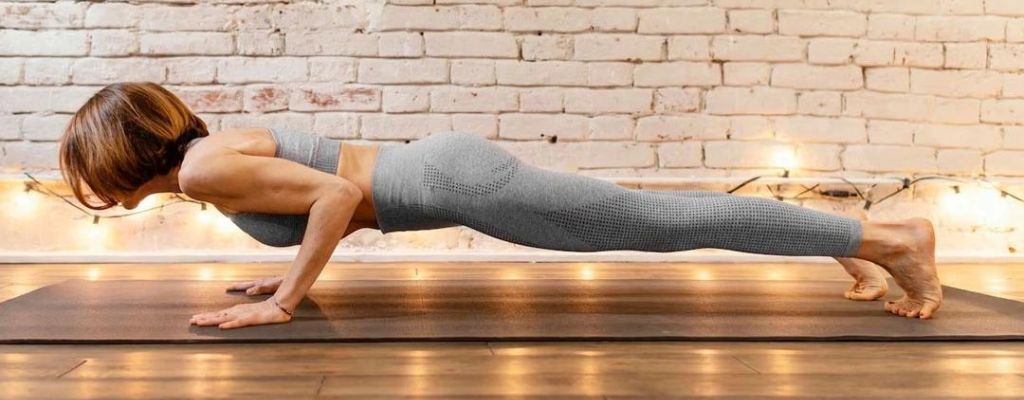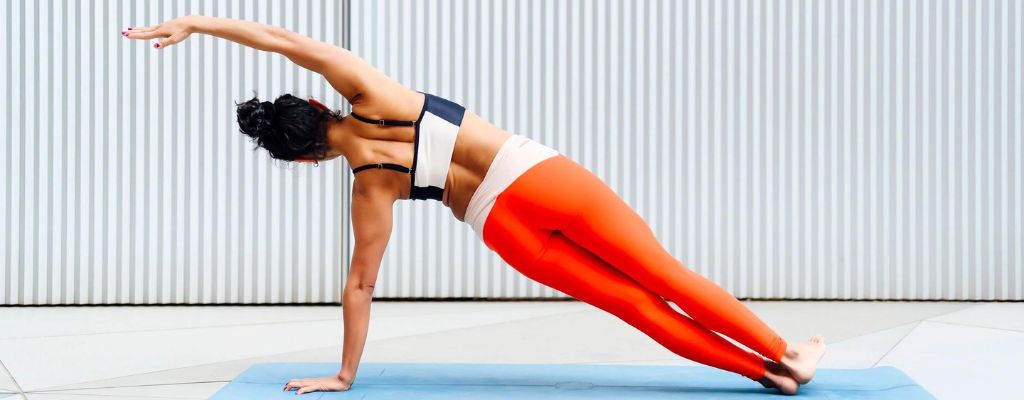The 5 Best Yoga Poses for Endurance Athletes
Endurance athletes, whether they’re runners, cyclists, swimmers, or triathletes, put their bodies through rigorous training regimens to build stamina and endurance. While these activities are excellent for cardiovascular fitness, they can also lead to muscle tightness, imbalances, and overuse injuries if not properly balanced with flexibility and recovery practices. Yoga is an ideal complement to endurance training, offering a combination of strength, flexibility, and mindfulness that can enhance performance and reduce the risk of injury. Here are five yoga poses that are particularly beneficial for endurance athletes:
1. Downward-Facing Dog (Adho Mukha Svanasana)
Downward-Facing Dog is a foundational yoga pose that targets multiple muscle groups, making it an excellent choice for endurance athletes. This pose stretches the hamstrings, calves, shoulders, and back muscles, while also building strength in the arms, shoulders, and core. Downward-Facing Dog also improves spinal alignment and posture, which can help prevent overuse injuries and improve efficiency in movement.
To perform Downward-Facing Dog:
- Start on your hands and knees in a tabletop position, with your wrists aligned under your shoulders and your knees under your hips.
- Press into your palms and lift your hips toward the ceiling, straightening your arms and legs to form an inverted V shape with your body.
- Press your heels toward the floor while keeping your back flat and your head between your arms.
- Engage your core muscles and lengthen through your spine, drawing your tailbone toward the ceiling.
- Hold the pose for 30 seconds to 1 minute, breathing deeply and evenly.
- To release, bend your knees and return to the tabletop position.

2. Pigeon Pose (Eka Pada Rajakapotasana)
Pigeon Pose is an excellent hip opener that can help relieve tension and tightness in the hips, glutes, and lower back—common areas of tightness for endurance athletes. This pose also stretches the quadriceps, hamstrings, and groin muscles, while promoting relaxation and release of stress.
To perform Pigeon Pose:
- Start in a tabletop position with your hands and knees on the mat.
- Slide your right knee forward toward your right wrist and place your right foot behind your left wrist, so your right shin is parallel to the front edge of your mat.
- Extend your left leg straight back behind you, keeping your hips square to the front of the mat.
- Lower your hips toward the floor and square your hips as much as possible.
- Walk your hands forward and lower your upper body toward the floor, resting on your forearms or forehead if comfortable.
- Hold the pose for 30 seconds to 1 minute, breathing deeply and focusing on releasing tension in the hips.
- To release, press into your hands and lift your hips, then return to the tabletop position and repeat on the other side.
3. Warrior II (Virabhadrasana II)
Warrior II is a powerful standing pose that strengthens the legs, core, and arms, while also improving balance and stability. This pose opens the hips and chest, stretches the groins and thighs, and builds strength and endurance in the legs—beneficial for endurance athletes who rely on lower body strength for performance.
To perform Warrior II:
- Begin in a standing position at the top of your mat with your feet hip-width apart.
- Step your left foot back about 3-4 feet and turn your left foot out to a 45-degree angle, keeping your right foot pointing forward.
- Bend your right knee to a 90-degree angle, aligning it over your right ankle, while keeping your left leg straight and strong.
- Extend your arms out to the sides at shoulder height, with your palms facing down.
- Gaze over your right fingertips and square your hips and shoulders to the side.
- Engage your core muscles and lengthen through your spine, keeping your chest lifted.
- Hold the pose for 30 seconds to 1 minute, breathing deeply and evenly.
- To release, straighten your right leg and return to the starting position, then repeat on the other side.
4. Bridge Pose (Setu Bandhasana)
Bridge Pose is a gentle backbend that stretches the chest, shoulders, and spine, while also strengthening the back, glutes, and hamstrings. This pose can help counteract the forward-leaning posture that is common in endurance athletes, while also relieving tension and fatigue in the back muscles.
To perform Bridge Pose:
- Lie on your back with your knees bent and your feet hip-width apart, flat on the floor.
- Press into your feet and lift your hips toward the ceiling, engaging your glutes and core muscles.
- Interlace your hands underneath your hips and press your forearms and shoulders into the mat.
- Keep your chin tucked slightly and lengthen through your neck.
- Hold the pose for 30 seconds to 1 minute, breathing deeply and evenly.
- To release, gently lower your hips back down to the mat and hug your knees into your chest.
5. Seated Forward Bend (Paschimottanasana)
Seated Forward Bend is a calming and grounding pose that stretches the entire back body, including the spine, hamstrings, and calves. This pose can help improve flexibility in the hamstrings and lower back, while also calming the mind and reducing stress—beneficial for endurance athletes who often push themselves to the limit.
To perform Seated Forward Bend:
- Sit on the floor with your legs extended straight out in front of you and your feet flexed.
- Engage your core muscles and lengthen through your spine, sitting up tall.
- Inhale to lengthen your spine, then exhale as you hinge at the hips and fold forward over your legs.
- Reach your hands toward your feet or shins, keeping your spine long and your chest open.
- Relax your neck and shoulders, allowing your head to hang heavy.
- Hold the pose for 30 seconds to 1 minute, breathing deeply and focusing on releasing tension in the back of the body.
- To release, slowly sit back up and return to a comfortable seated position.

In conclusion, integrating these five yoga poses into your training routine can help enhance your endurance, flexibility, and overall performance as an athlete. Whether you’re a runner, cyclist, swimmer, or triathlete, incorporating yoga into your regimen can provide numerous benefits for both your body and mind. Practice these poses regularly to reap the rewards of improved strength, flexibility, balance, and mental focus—all of which are essential for achieving peak performance in endurance sports.




